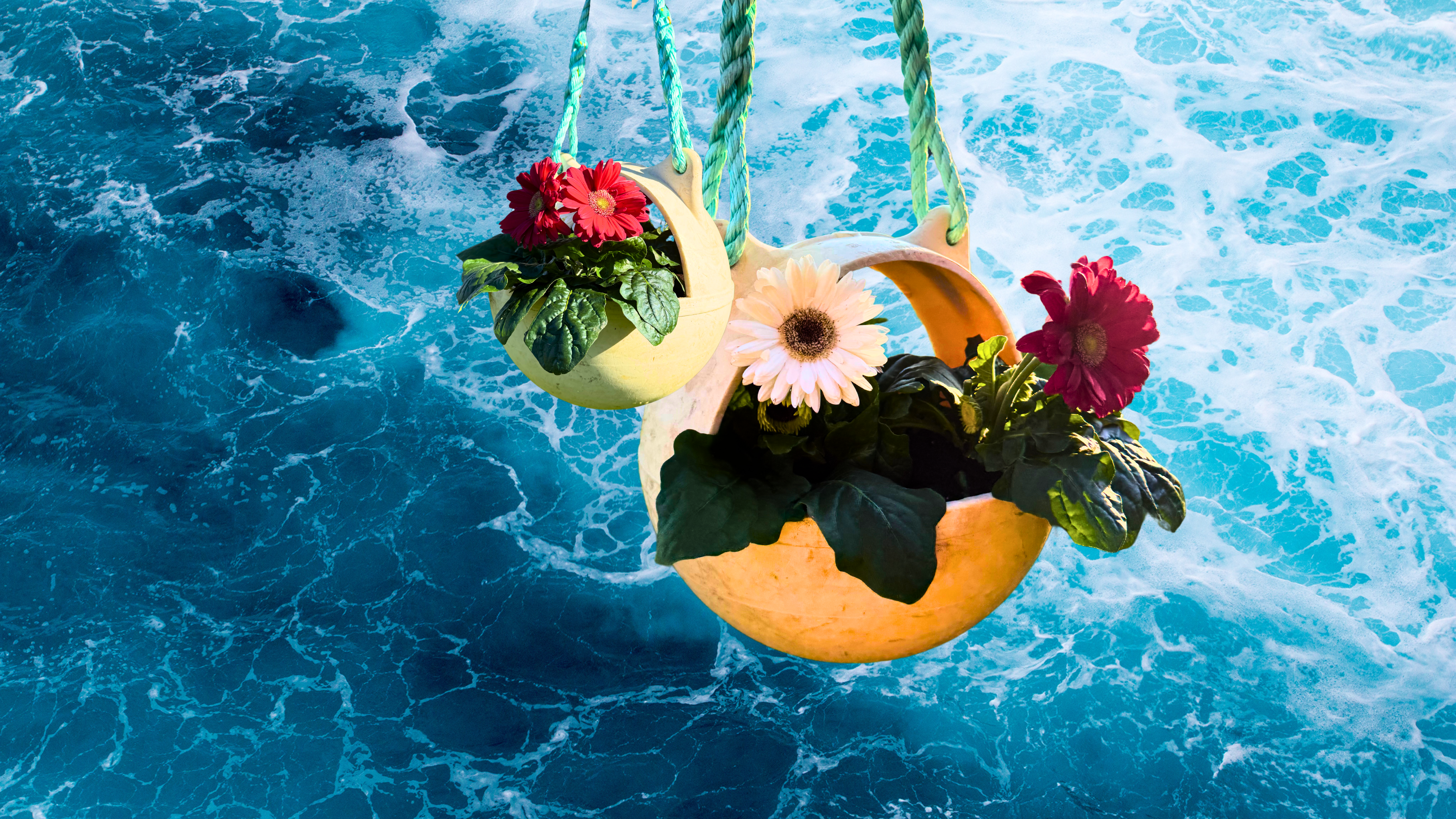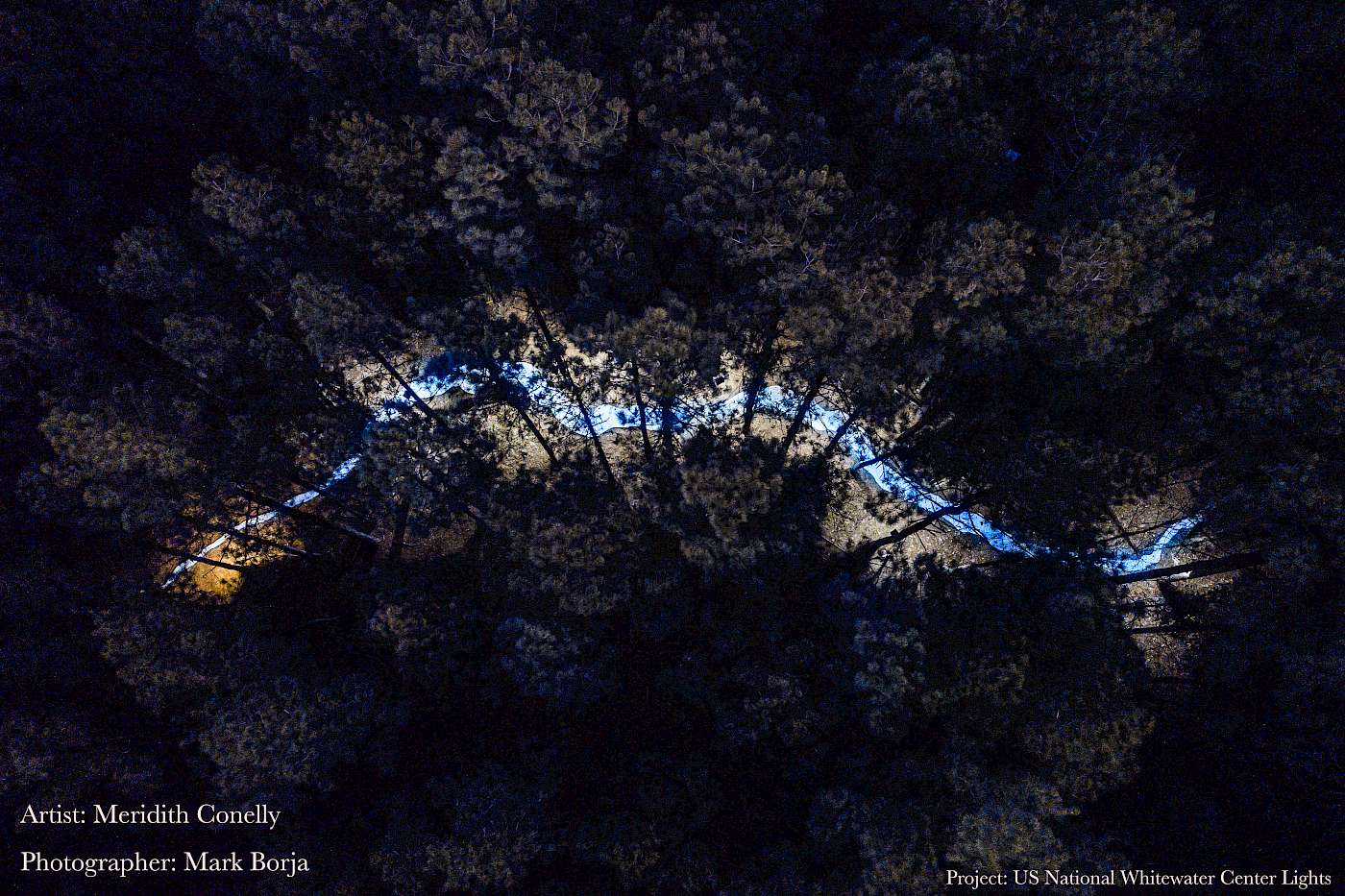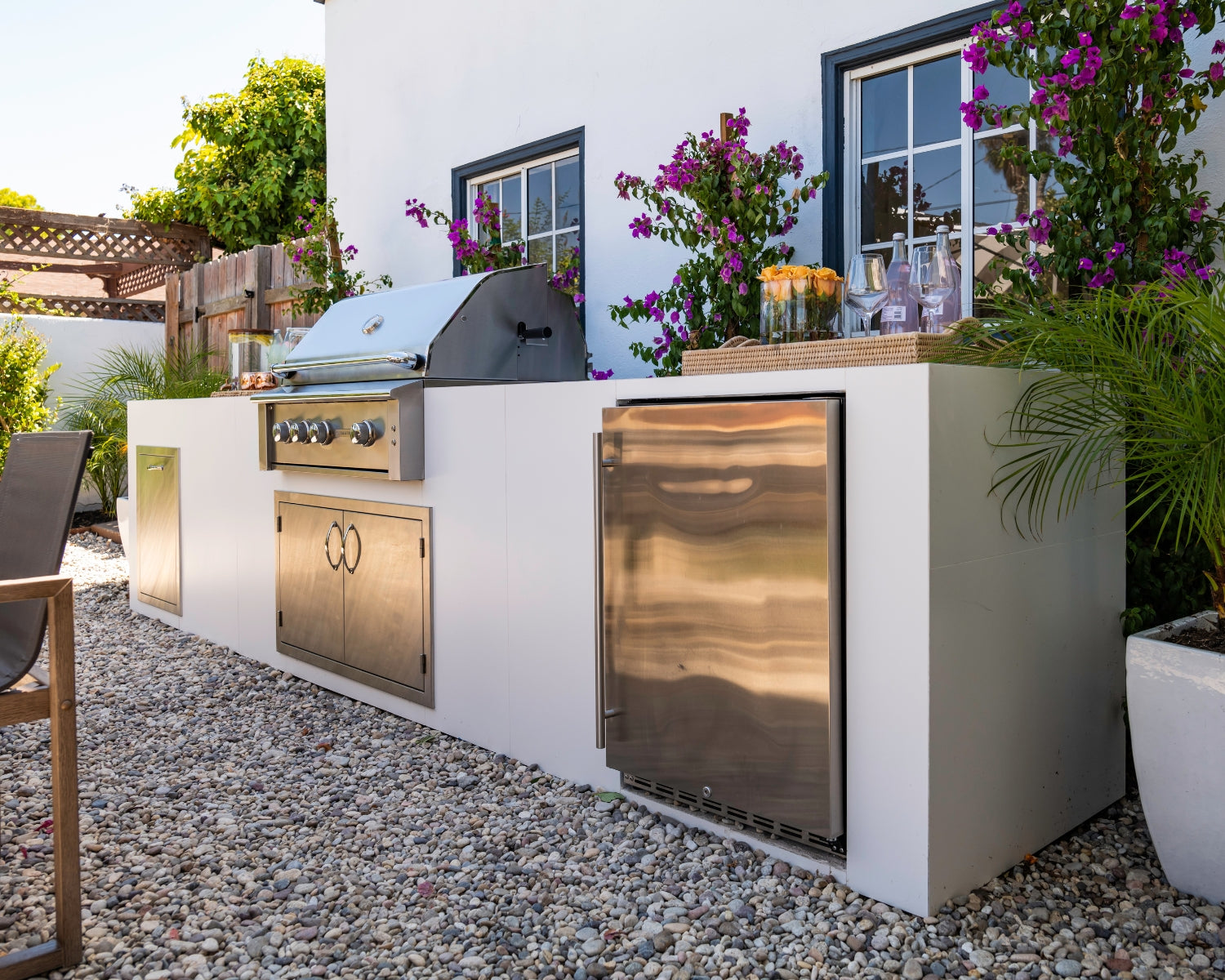
From Tsunami Debris to Garden Décor: The Journey of Japanese Buoys to British Columbia's Shores
In March 2011, a catastrophic earthquake and tsunami struck Japan, leading to the loss of countless lives and the displacement of millions of tons of debris into the Pacific Ocean. Among this debris were fishing buoys, which, over time, traveled across the ocean and began washing up on the shores of British Columbia. These buoys, once tools of the fishing industry, have found new purpose as hanging planters, symbolizing resilience and the potential for renewal.

The 2011 Japanese Tsunami and Its Aftermath
The Great East Japan Earthquake on March 11, 2011, was one of the most powerful ever recorded, triggering a massive tsunami that devastated coastal regions. It's estimated that approximately 5 million tons of debris were swept into the ocean, with about 1.5 million tons remaining afloat, carried by ocean currents across the Pacific.
Over the ensuing months and years, this debris began appearing on North American coastlines. In British Columbia, residents and environmental organizations reported sightings of various items, including fishing gear, lumber, and buoys. These objects served as tangible reminders of the disaster's far-reaching impact.
A COLLABORATIVE RESPONSE: OCEAN LEGACY FOUNDATION & CORE

In response to this influx of marine debris, Ocean Legacy Foundation, a Canadian non-profit dedicated to restoring marine ecosystems, led extensive shoreline cleanup efforts. But beyond collection, they looked for ways to give this material a second life.
That’s where CORE Landscape Products stepped in.
Through direct collaboration and ongoing product testing, CORE helped turn this concept into a tangible, customizable offering. From cutting and cleaning the buoys to hand-finishing them with custom spliced ropes, CORE has played a key role in bringing these unique pieces to market.
What makes these planters especially meaningful is not just their origin, but the craftsmanship and care involved in their transformation. CORE handles the ropework in-house, using rope made from fibrous plastics like discarded fishing nets and lines collected from the Great Pacific Garbage Patch—turning some of the world’s most harmful pollution into purposeful design.

The Significance of Repurposing Marine Debris
Transforming tsunami buoys into planters is more than a creative endeavour; it's a statement about environmental responsibility and the potential for positive change. By repurposing these objects, the Ocean Legacy Foundation highlights the importance of:
- Reducing Marine Pollution: Repurposing debris prevents it from re-entering the ocean ecosystem, where it could harm marine life.
- Promoting Sustainability: Giving new life to discarded items exemplifies the principles of a circular economy, where waste is minimized, and resources are reused.
- Educating the Public: These planters serve as conversation starters, encouraging discussions about environmental conservation and the impacts of human activity on the oceans.
Every buoy is different—and we keep it that way. Customers can choose from a selection of rope styles and opening sizes, allowing them to create a piece that’s not only functional and eco-conscious, but entirely their own.
A Symbol of Resilience and Renewal

Each buoy-turned-planter carries with it a history of tragedy and a message of hope.
From surviving a devastating natural disaster to being transformed into a vessel for new life, these objects embody the resilience of nature and the potential for human ingenuity to foster positive change.
Incorporating these planters into homes and public spaces, individuals not only add unique aesthetic elements to their environments but also participate in a broader narrative of recovery, sustainability, and environmental stewardship.
A Conversation Piece with Purpose
Whether displayed in a garden, on a balcony, or in a public installation, these hanging planters invite conversation. They encourage us to consider:
- Where our waste ends up?
- How we can reuse materials?
- What we can learn from the objects that survive disasters?

They are not mass-produced. Each one is authentic marine debris, collected by hand, cleaned with care, and transformed with purpose. Many are strung with hand-spliced marine rope and contain scuffs, cuts, or unique textures—making them functional artifacts of our time.
Final Thoughts: Supporting Marine Conservation Through Everyday Design
By choosing to use or promote repurposed tsunami debris—such as these eco-friendly hanging planters made from 2011 Japanese fishing buoys—we are participating in a broader movement. One that values reduction of marine plastics, support for coastal cleanups, and integration of sustainability into everyday life.
Through organizations like Ocean Legacy Foundation and collaborations with sustainable businesses, we’re not only cleaning up the past, but building a future where waste becomes opportunity—and where every planter tells a story of the sea.


